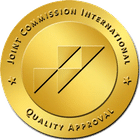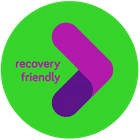Types of Addiction
Prescription Drug Addiction
Prescription Drug Addiction Treatment
GateHouse is here to help with your prescription drug addiction treatment. We offer a personalized approach that caters to your needs and provides the necessary tools and resources for a meaningful recovery. We are extensively invested in our client’s recovery process and offer support when and where you need it. With GateHouse Treatment’s support, you won’t have to go through prescription drug recovery alone. Contact us today to learn how we can help you.
What Is Prescription Drug Abuse?
Many of us have prescription drugs in our homes for various medical reasons. Prescription drug abuse is a problem that is steadily worsening. It’s leading many users struggling with prescription drug addiction to turn to illicit street drugs. Even those taking medications prescribed to them can still develop a prescription drug addiction leading them down a dark road.
History of Prescription Drug Addiction
While opiate and opioid drugs are the most commonly abused prescription drugs, many drugs have come into the pharmaceutical field that are just as addicting. Many people begin abusing prescription drugs due to the misconception of their safety. The availability of prescription drugs in the home often leads to experimentation in teenagers through peer pressure, general curiosity, or being given something by a parent or family member.
The prescription drug addiction epidemic has continued to grow. In 2006, the NSDUH collected data stating that 55.7% of those 12 and older who misused pain relievers said they received their medication from a friend or family member. Most of them had gotten the drugs from just one doctor, which means many people unknowingly start a prescription drug addiction when the means appear safe.
Prescription Drugs Most Commonly Abused
The four most commonly abused prescription drugs are painkillers, tranquilizers, stimulants, and sedatives.
Painkillers: Oxycodone – Oxycontin, Percocet | Oxymorphone – Dilaudid
Tranquilizers: Benzodiazepines –Xanax, Valium, Klonopin
Stimulants: Amphetamines – Adderall, Dexedrine
Sedatives: Sleeping medications – Ambien, Lunesta
Physiology and Side Effects of Prescription Drug Addiction
The way prescription drugs react in the brain depends on the drug, though many have similar side effects. The way painkillers, tranquilizers/benzodiazepines, stimulants, and sedatives/sleeping medication work is by altering the number of chemicals released or reabsorbed in the brain. Prescription drug addiction begins when an individual abuses a drug to the point that their brain forms a dependency to control the reuptake and release of vital chemicals.
Prescription Drug Abuse Side Effects
The different types of prescription drugs all have very different uses and side effects when misused. Some of the most common side effects of each type include:
Painkiller Opioids and Opiates
- Feelings of euphoria
- Pain relief
- Drowsiness/ Sedation
Tranquilizers/Benzodiazepines
- Drowsiness
- Confusion
- Slurred speech
Stimulant Prescription Drugs
- Restlessness
- Loss of appetite
- Increased Concentration
Sedative/Sleep Medications
- Inattention
- Memory Difficulties
- Extreme drowsiness
Understanding Prescription Drug Addiction
So many people struggle with prescription drug addiction because they see the use as necessary or acceptable, and a doctor prescribed it to them. Just because a doctor prescribes a drug does not mean it’s non-addictive and immune to abuse. Prescription drug abuse is becoming most prevalent in young adults, and in many cases, it can lead to prescription drug addiction even at younger ages.
Many who abuse prescription drugs don’t know how to properly cope with the issues that led to the prescription in the first place or fear that they can’t deal with them.
Quick Prescription Drug Addiction Facts
- Approximately 16M people in the U.S abuse prescription meds
- Generally ages 18+, men abuse prescription drugs more than women
- Age 12–17, females abuse prescription drugs more than males
- The four most common prescriptions abused: painkillers, tranquilizers, stimulants and sedatives.
- Annually, more people die from prescription opioid painkillers than all illegal drugs combined
- Between 1999 and 2014 prescription drug overdoses quadrupled
- The highest percentage of those abusing prescription drugs is individuals aged 18-25
- 9M americans ages 12+ abused a tranquilizer drug such as Xanax at some point
- Around 90% of prescription drug addiction starts in the teenage years
Signs of Prescription Drug Addiction
Due to the many different prescription drugs abused the specific signs and symptoms of addiction can vary. Here are some general signs and symptoms of prescription drug addiction that will display to some degree no matter prescription drug is being abused.
MOOD
Noticeable mood swings, change in patterns, increased irritability, depression, increased sleeping, insomnia, extreme confusion, hostility, depression, paranoia
BEHAVIORAL
Drug-seeking behaviors at doctors’ offices, unknown pills without bottles, prescription bottles with other names on them, missing prescription drugs from your home or family member homes, frequent refills or running out of prescription early, visiting multiple doctors for the similar conditions, crushing or breaking pills, pills hidden around the house, unexplained weight gain, unexplained weight loss
PHYSICAL
Lack of coordination, risky behaviors, constipation, restlessness, lack of sleep, oversleeping, respiratory depression, tolerance to normal dosage, increased heartrate, worsening physical wellbeing
Let us help
All Calls are Free and Confidential
"*" indicates required fields




